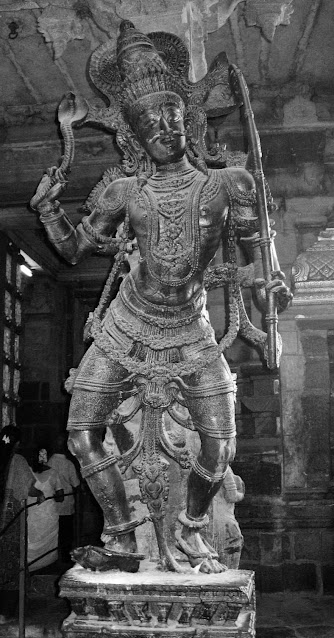The Iconic Kartavya Path of New Delhi
.jpg)
Kartavya Path, formerly known as Rajpath, is a grand avenue in New Delhi, connecting Rashtrapati Bhavan through India Gate to National Stadium. It's a ceremonial route flanked by lush lawns, canals, and rows of trees. This iconic road hosts the annual Republic Day parade on January 26th and is considered one of India's most significant thoroughfares. It is also used for the funeral processions of important political leaders. The avenue runs in east-west direction. Road from Connaught Place, the financial centre of Delhi, run into Rajpath from north. At Vijay Chowk it crosses Sansad Marg, and the Old Parliament House of India can be seen here. At Raisina Hill, Kartavya Path is flanked by the North and South Blocks of the Secretariat Building. Finally it ends at the gates of Rashtrapati Bhavan. The idea for Rajpath emerged in 1911, when the British decided to move the capital from Calcutta to Delhi. Sir Edwin Lutyens designed New Delhi, envisioning a modern imperial city with a

.jpg)
.jpg)
.jpg)

.jpg)